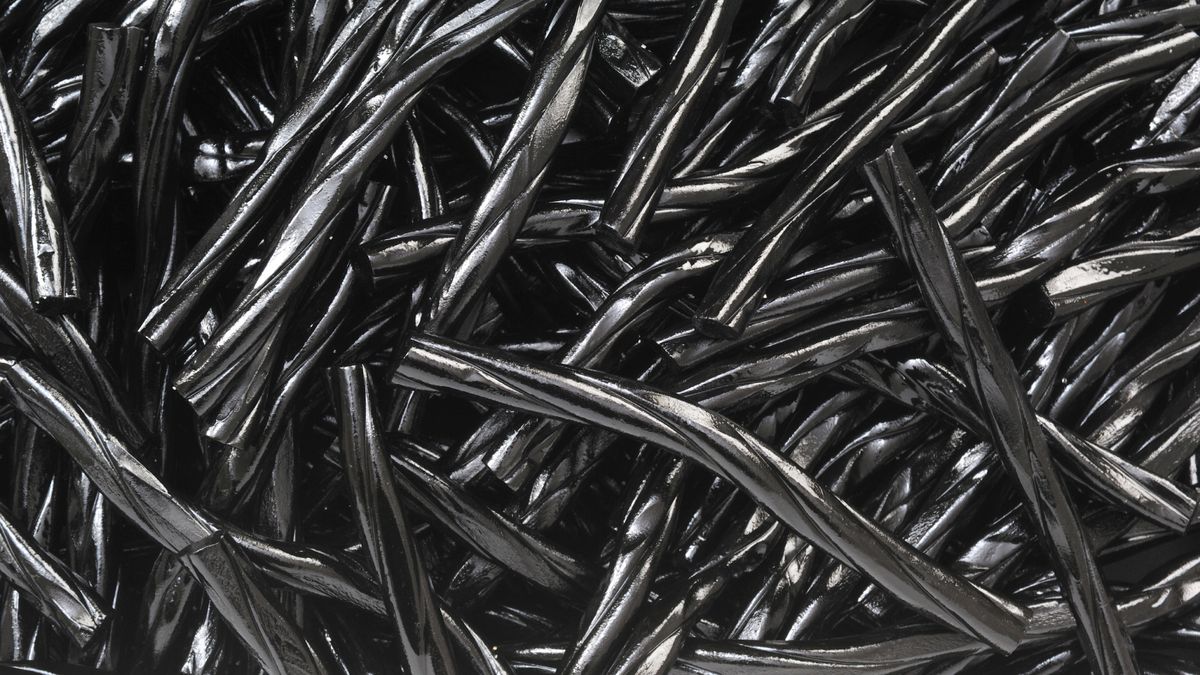Scientists have broken a 100-year-old chemistry rule to synthesize a class of molecules previously thought to be too unstable to form.
The molecules in question violate Bredt’s rule, which describes where certain types of bonds can occur within a class of 3D chemical compounds. Successfully synthesizing these “anti-Bredt” molecules, as described Nov. 1 in the journal Science, could help scientists make new kinds of medicine.
“If there’s a rule that says something absolutely is impossible, then maybe you just haven’t thought of the right way of solving it. And if you do it, it actually might not be as difficult as you think,” study first author Luca McDermott, an organic chemist at UCLA, told Live Science.
The anti-Bredt molecules fall into a class of compounds known as olefins. Olefins have at least one double bond — a strong chemical bond made from two pairs of electrons — connecting two carbon atoms. Each of those carbon atoms usually lies in the same 2D plane as the other atoms to which it’s bonded.
Early in the 20th century, German chemist Julius Bredt studied double bonds in bicyclic molecules, a group of chemicals that contain two ring-shaped structures stuck together. To get an idea of the shape of these bicyclic molecules, imagine folding two five-sided sticky notes in half and sticking them together back to back. You’d end up with a roughly Y-shaped 3D structure.
Related: Inside the 20-year quest to unravel the bizarre realm of ‘quantum superchemistry’
Bredt’s rule, based on his observations in the laboratory, states that the carbon atoms at the junctions of that “Y” — otherwise known as the bridgehead position — can’t have a double bond. Since the bridgehead carbon and its surrounding atoms don’t all lie in the same plane, Bredt predicted that introducing a double bond at the bridgehead position would make the molecule too unstable to exist.
Now, McDermott and his colleagues have come up with a way to make anti-Bredt olefins and used the method to synthesize complex 3D molecules. Because the anti-Bredt olefins are unstable and highly reactive, the team wasn’t able to isolate them directly in the new study. Instead, they added other molecules that could immediately react with the anti-Bredt olefins and form more stable products. That allowed them to experiment with several different variations on anti-Bredt olefins and their more stable products.
Reactions using anti-Bredt olefins could open doors to new types of medicines, study co-author Neil Garg, a professor and chemist at UCLA, told Live Science. The rigid, 3D structures could interact better with proteins in the body than existing flat medicinal compounds, he suggested.
The researchers said they plan to synthesize more compounds with unusual structures and explore new types of reactivity in the future.
“If we can question [Bredt’s rule] after 100 years and push the limits of it, there’s probably all sorts of other rules that are waiting to be reexamined,” Garg said.















